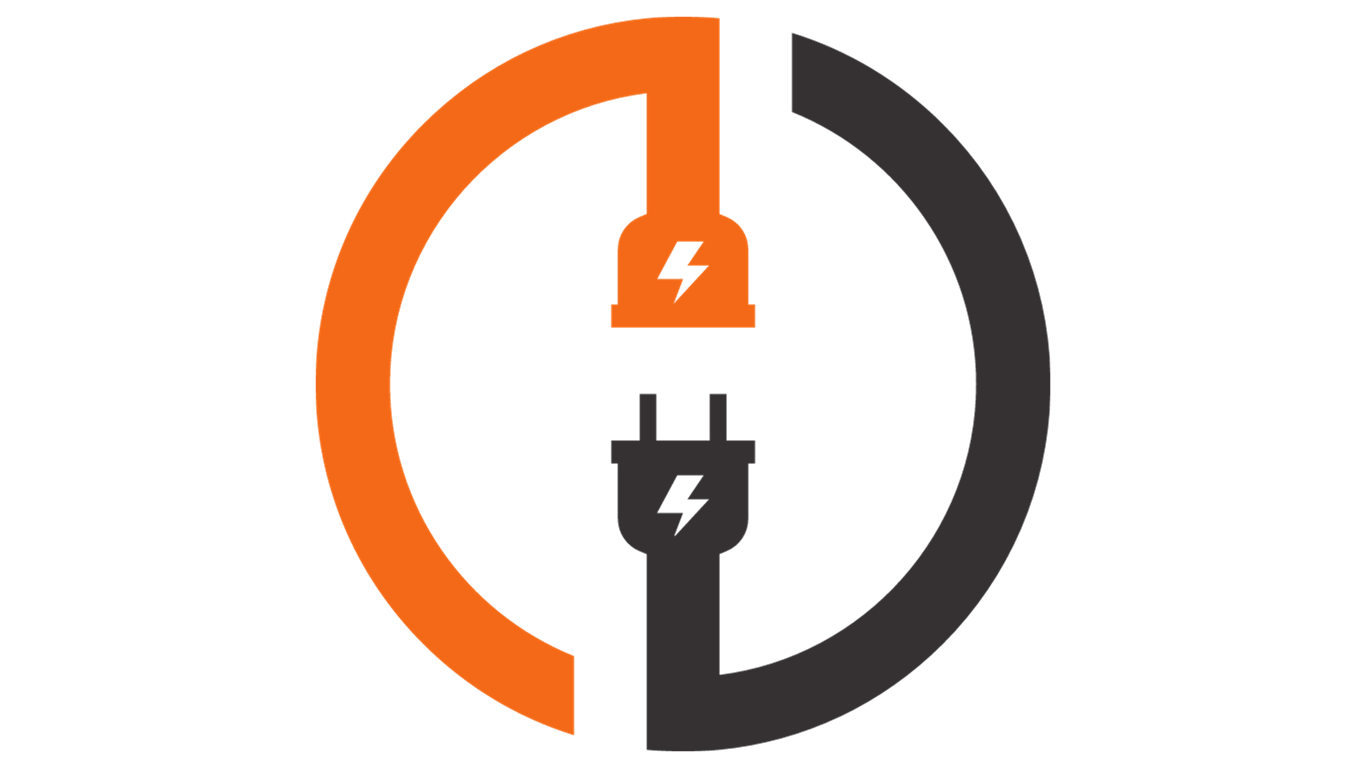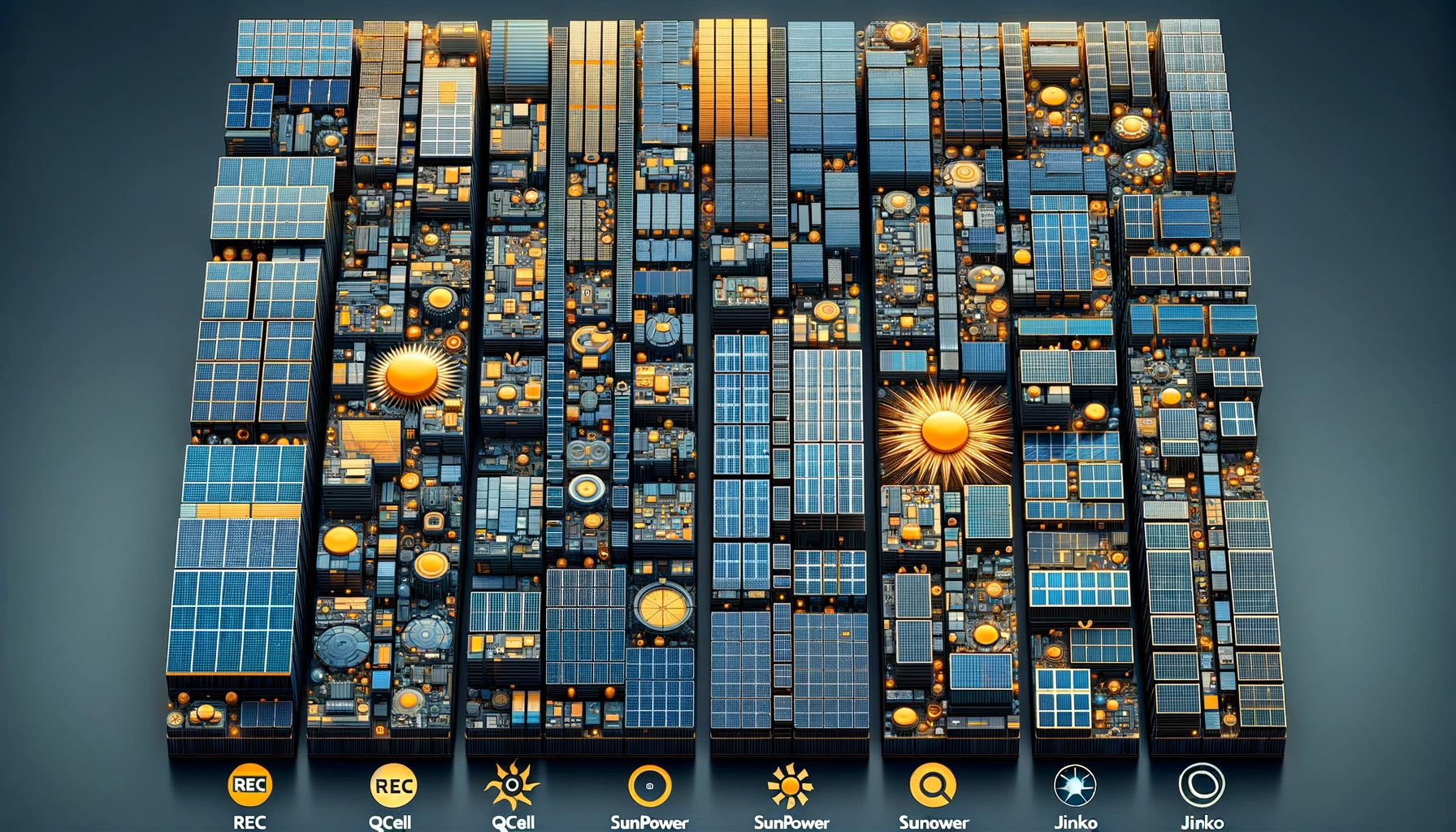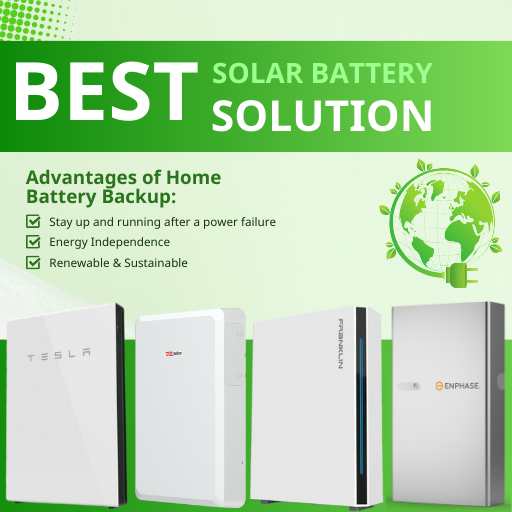In an era where renewable energy is not just a choice but a necessity, solar power stands at the forefront of sustainable solutions. Furthermore, with the sun as an inexhaustible source, the technology behind harnessing its energy is crucial. Consequently, this article delves into the fascinating world of solar panel technology, focusing on four industry leaders: REC, QCELL, Sunpower, and Jinko. Additionally, we’ll explore how each brand’s unique technology sets them apart and the efficiency they offer, guiding you through the solar landscape of today.
REC
Initially, REC, known for its innovative approach in solar technology, presents the ‘TwinPeak’ and ‘Alpha’ series. These panels leverage half-cut cell technology, where cells are cut in half to reduce resistance, thus enhancing performance and durability. Moreover, the Alpha series takes it a step further with heterojunction (HJT) cells, combining crystalline silicon with amorphous silicon layers to minimize electron loss. This innovation leads to impressive efficiencies, with the REC Alpha series boasting around 21.7%. Also, these panels are known for their resilience and lower degradation rate, ensuring long-term sustainability and value.
QCELL
Subsequently, QCELL has made a name for itself with its Q.ANTUM technology, a variant of the passivated emitter rear cell (PERC) technology. This advanced tech allows for better light absorption and minimal electronic losses, consequently pushing efficiencies up to 20.4%. Notably, QCELL panels perform exceptionally in high-temperature environments, a common challenge in solar energy. Hence, this makes them a robust choice for diverse climates, ensuring consistent energy production regardless of weather conditions.
Sunpower
Similarly, Sunpower is synonymous with high efficiency in the solar panel industry. Their Maxeon technology, which utilizes interdigitated back contact (IBC) cells, sets a high bar. By removing the metal gridlines on the front of the cells, these panels reduce loss of energy and improve aesthetics. As a result, Sunpower panels achieve efficiencies up to a remarkable 22.8%. Their durability and sleek design make them a premium choice for both residential and commercial applications.
Jinko
Conversely, Jinko Solar combines PERC and bifacial cell technology, offering a unique blend of efficiency and affordability. Their panels achieve efficiencies of up to 20.38%. The incorporation of bifacial technology, which captures sunlight from both sides, significantly boosts energy yield. Therefore, this makes Jinko panels a cost-effective option without compromising on performance. Renowned for their reliability, Jinko panels are a pragmatic choice for a wide range of solar projects.
Conclusion:
In conclusion, in the landscape of solar technology, REC, QCELL, Sunpower, and Jinko each bring their unique strengths to the table. From the high-efficiency cells of Sunpower to the innovative bifacial design of Jinko, these brands demonstrate the dynamic advancements in solar technology. As consumers and businesses alike strive towards a more sustainable future, understanding these technologies becomes crucial. Ultimately, the choice of solar panels depends on individual needs and environmental conditions, but one thing is clear: the future of solar energy is bright and promising.
References and Further Reading:
- [REC Group’s Official Website]
- [QCELL’s Technology Overview]
- [Sunpower’s Maxeon Solar Technology]
- [Jinko Solar’s Bifacial Technology Explained]





